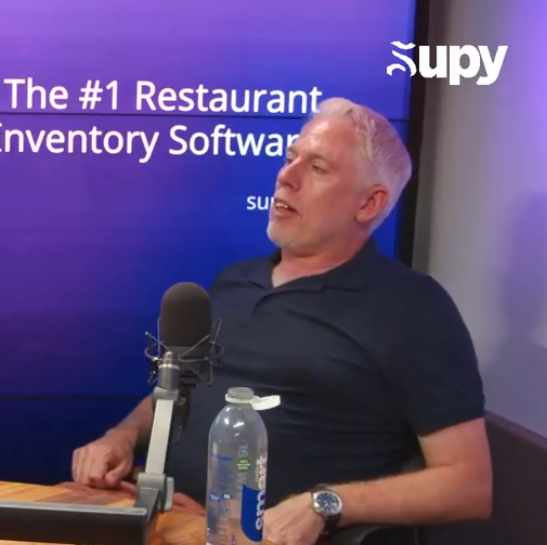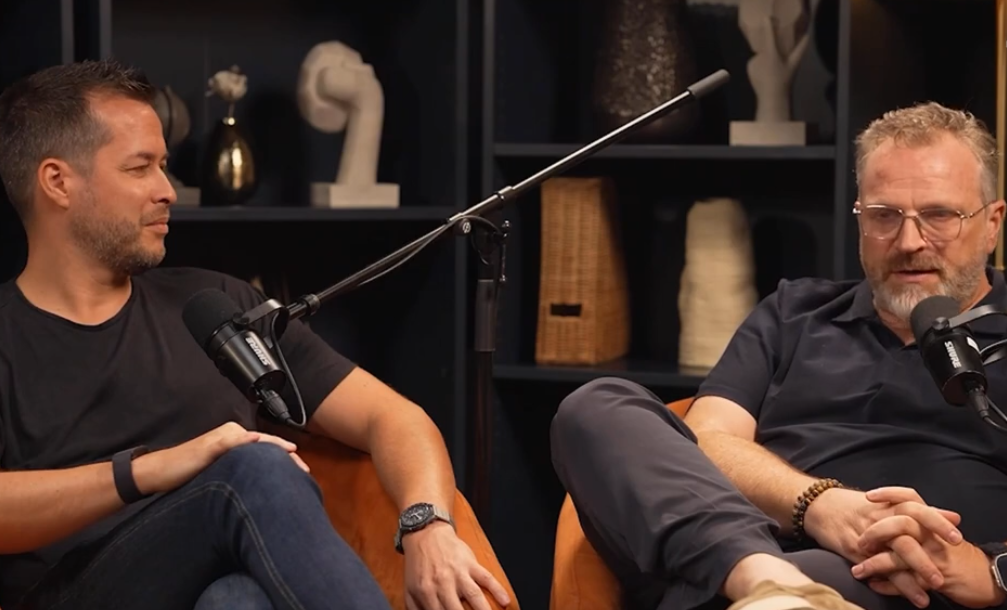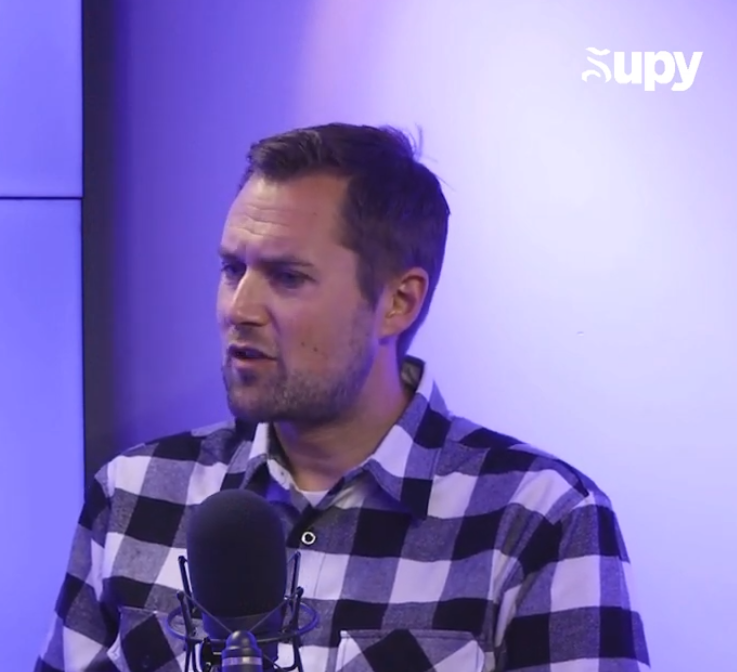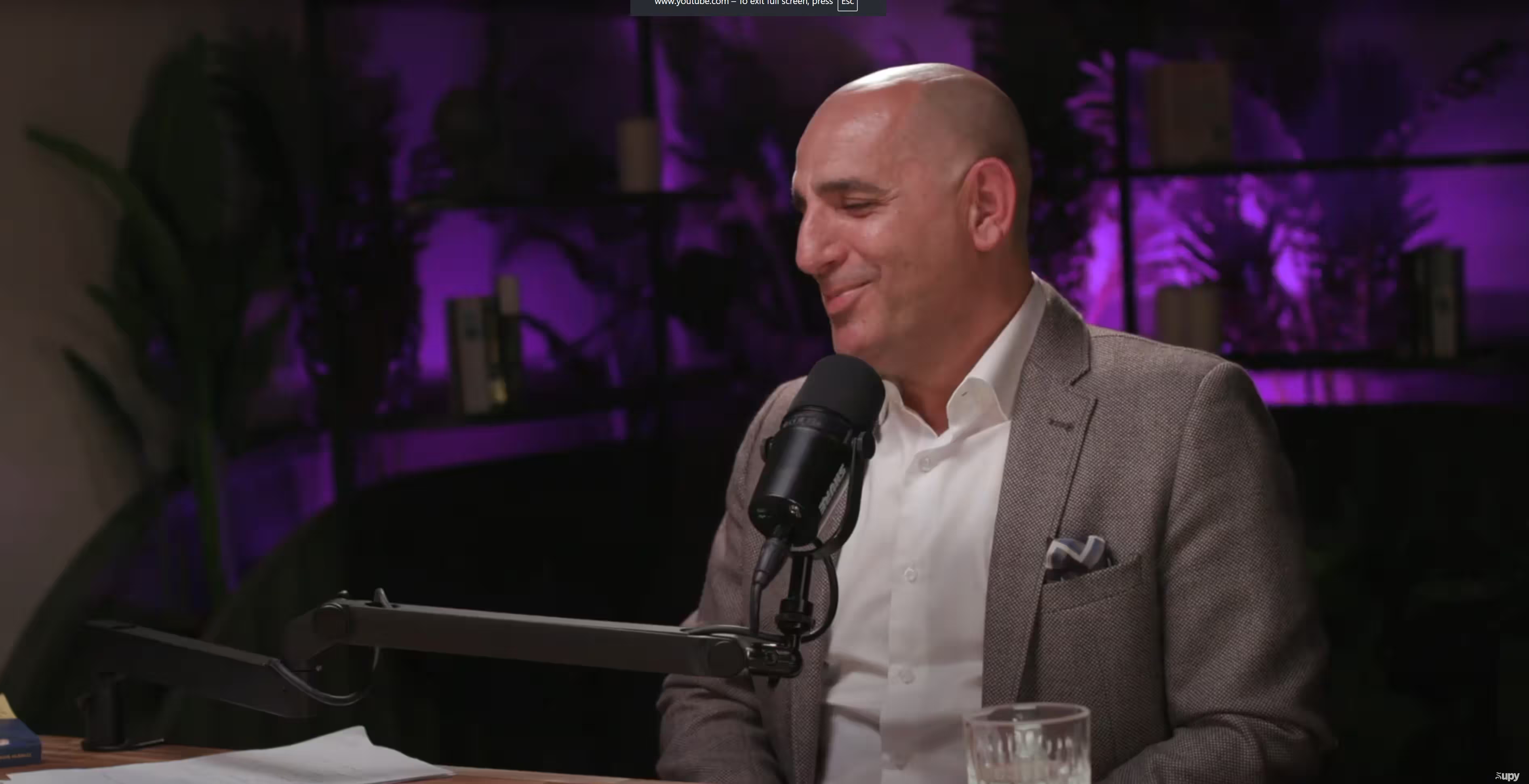What 600 Restaurants Taught This Accountant About Profit

Watch extracts
Episode Summary
Tom Stanley, ex-operator turned hospitality-only accountant (William Stanley), helps restaurants by “shining a light” on the numbers and giving each P&L line an owner; a steakhouse that claimed £200k of stock that wasn’t there underscores why tight controls, weekly counts, accurate recipe costing, real-time inventory, and smart menu engineering matter, while labor (now the biggest cost) is best improved by optimizing sections and service, not slashing heads. Revenue upside today skews to private dining/events more than retail; delivery works only if it doesn’t damage in-house service, and ghost kitchens are steady rather than explosive. He advocates best-of-breed tech, transparent weekly P&Ls with finance training, and a replicable operating system before scaling (central kitchens make sense from ~3 uniform-menu sites). Bottom line: know your numbers, partner with finance that explains them, and let data drive guest experience and profit.
Learnings From The Episode
Tom Stanley knows what it’s like on both sides of the pass.
Before founding William Stanley, a hospitality-only accountancy firm now supporting 600+ businesses across the UK, US, Middle East and Hong Kong, he spent years in operations at places like Soho House and the Corrigan Collection. He loved the buzz of service, but also loved the numbers – thanks to a dad who taught him bookkeeping as a kid in exchange for pocket money.
Eventually, the 100-hour opening weeks caught up with him. Tom retrained as an accountant, set up William Stanley, and today spends his time “shining a light” on the numbers for restaurants – helping operators understand what’s really going on in their P&L and how to actually act on it.
The £200k of stock that didn’t exist
One of Tom’s first consultancy jobs was with a steak restaurant near Covent Garden.
On paper, things looked great:
the balance sheet showed £200,000 of food stock for a single site doing about £50k a week in sales. For anyone in restaurants, that number should ring alarm bells.
When Tom dug in, the chef insisted everything was fine: they had USDA prime, Wagyu, all perfectly hung in their special cellar – which, conveniently, explained why the food cost looked so good.
Until they did a proper, in-person stock count.
A lot of the beef simply wasn’t there.
The conversation that followed was painful but important: missing stock, “hungry chefs,” and a business that had been flattering its numbers instead of facing reality. For Tom, it’s a classic example of why tight controls, honest reporting and regular counts aren’t a nice-to-have, they’re survival.
If you’re claiming stock that doesn’t exist, your P&L is lying to you – and you’re making decisions off a fantasy.
Give every P&L line an owner
Tom’s view of an accountant’s role is simple:
they’re there to hold up a spotlight, not play the blame game.
At William Stanley, that means:
- Making sure every single line on the P&L has an accountable owner – GM, head chef, bar manager, etc.
- Working with operators to put the right controls and tools in place so issues don’t repeat.
- Using systems (like Supy for inventory) to see stock in real time, compare what should be there with what is there, and catch problems early.
The operators who win, in Tom’s experience, are the ones who treat their numbers with the same attention to detail they give to guests and product:
- Weekly P&Ls, not just monthly.
- Numbers delivered in a format operators can actually use.
- Finance training for non-financial people – chefs, GMs, receptionists – so they understand what they’re looking at and what to do about it.
Where restaurants are really leaking money
Across hundreds of sites, Tom sees the same pitfalls, over and over:
- Labour that isn’t aligned to demand
National Minimum Wage has risen sharply over the past 5–10 years. For many London operators, labour is now the single biggest cost line on the P&L.
You can’t just slash headcount and expect one waiter to do the work of three – culture and guest experience will crumble. The work now is:- Smarter section planning
- Better restaurant layouts
- Structuring service so the same team can cover more, without burning out
- GP and menu margins based on “feel,” not facts
Plenty of entrepreneurial operators still cost dishes by instinct. Tom is clear: that doesn’t cut it anymore.
You need:- Accurate recipe costing and weights
- Weekly stock counts
- Real-time visibility of usage, waste and variance
- Fixed costs quietly bloated by unused tech
Tech has become a major fixed overhead. Tom often finds operators:- Paying for old loyalty tools or systems no one uses
- On all-in-one platforms that do lots of things… badly
Revenue: why events are beating retail (and when delivery works)
Everyone wants to grow revenue, but Tom is blunt about which “extra” streams are actually moving the needle.
Retail / FMCG:
Lots of restaurants have tried bottling sauces, selling coffee, or putting products on shelves. In Tom’s world, very few have seen that become a major P&L line. It’s usually a nice add-on, not a transformational revenue stream.
Private dining & events:
Where he has seen meaningful upside is:
- Private dining rooms
- Whole-venue or partial hires
- Breakfast meetings and corporate events
- Hosting networking groups and community events
These give operators high-margin, pre-booked revenue without having to reinvent their concept.
Delivery & ghost kitchens:
Delivery is still viable – and in some markets (including parts of the Middle East) ghost kitchens are a solid model. But for many UK operators, Tom sees:
- Delivery pulling focus and capacity away from the in-house guest experience
- Growth in ghost kitchens levelling off rather than exploding
If you can do delivery in a way that doesn’t damage on-site service, great. If not, the opportunity cost can be huge.
Central kitchens: when do they actually make sense?
Central production units (CPUs) are another area where operators can either unlock efficiency… or create an expensive headache.
Tom’s rule of thumb:
- Don’t build a CPU if you have one or two sites. It’s rarely justified.
- From around three sites onwards, if the menu is relatively uniform and prep can be standardised, central production can work brilliantly.
For QSR and multi-site concepts with the same menu across 5, 10, 20+ locations, a CPU:
- Standardises quality
- Reduces waste
- Controls labour and equipment more tightly
For groups like Corrigan Collection or Open House, where each site has a distinct menu and identity, a fully centralised kitchen doesn’t fit – but partial central prep (e.g. baking done in one site and distributed daily) can still make sense.
Scaling to 10 sites? Build your operating system first
One of the most common questions Tom gets is:
“I’ve got 2–3 locations. I want 10 next year. What should I focus on?”
His answer is always the same:
get your operating system right first.
That means:
- Clear, documented ways of working that can actually be replicated
- A guest experience that works so well you want to copy it
- Menu costing and financial model that still holds up when scaled
- Systems that join up your P&L, inventory, labour and revenue into one coherent picture
He’s seen too many groups rush from 2 to 5 to 10 sites, only to discover that what worked in one street doesn’t translate easily to another city – or that the financial model breaks outside their original “hero” location.
The role of finance partners (and tech vendors)
Tom’s ideal setup is a triangle between operator, accountant and tech providers:
- A finance partner who specialises in hospitality, not generic SMEs
- A best-of-breed tech stack that talks to each other (POS, inventory, workforce, BI)
- Strong personal relationships so when something breaks, people pick up the phone and solve it together – instead of blaming the user or waving a ticket number around
For him, that’s also why specialist tools like Supy exist: you want vendors who obsess over one slice of the problem and keep getting better at it, rather than one “all-in-one” platform that’s just okay at everything.
Tom’s final message to operators
If he had to boil it all down to one piece of advice, it’s this:
Know your numbers – and work with people who help you understand them.
- Make the P&L transparent to the people who can influence it.
- Use weekly numbers, not quarterly surprises.
- Train your team so they’re not scared of the finance side.
- Treat the numbers as an output of how your guests and team are doing – and use them to make better decisions, not just to report to the bank.
Get that right, and you’re not just “doing the accounts.”
You’re building a business that can grow, scale, and still deliver a brilliant guest experience at every site.

Ready to optimize your restaurant operations?
More stories from F&B leaders
Ready to transform your operations?
Join 3000+ restaurant operators cutting costs, streamlining operations and making smarter decisions with Supy.















